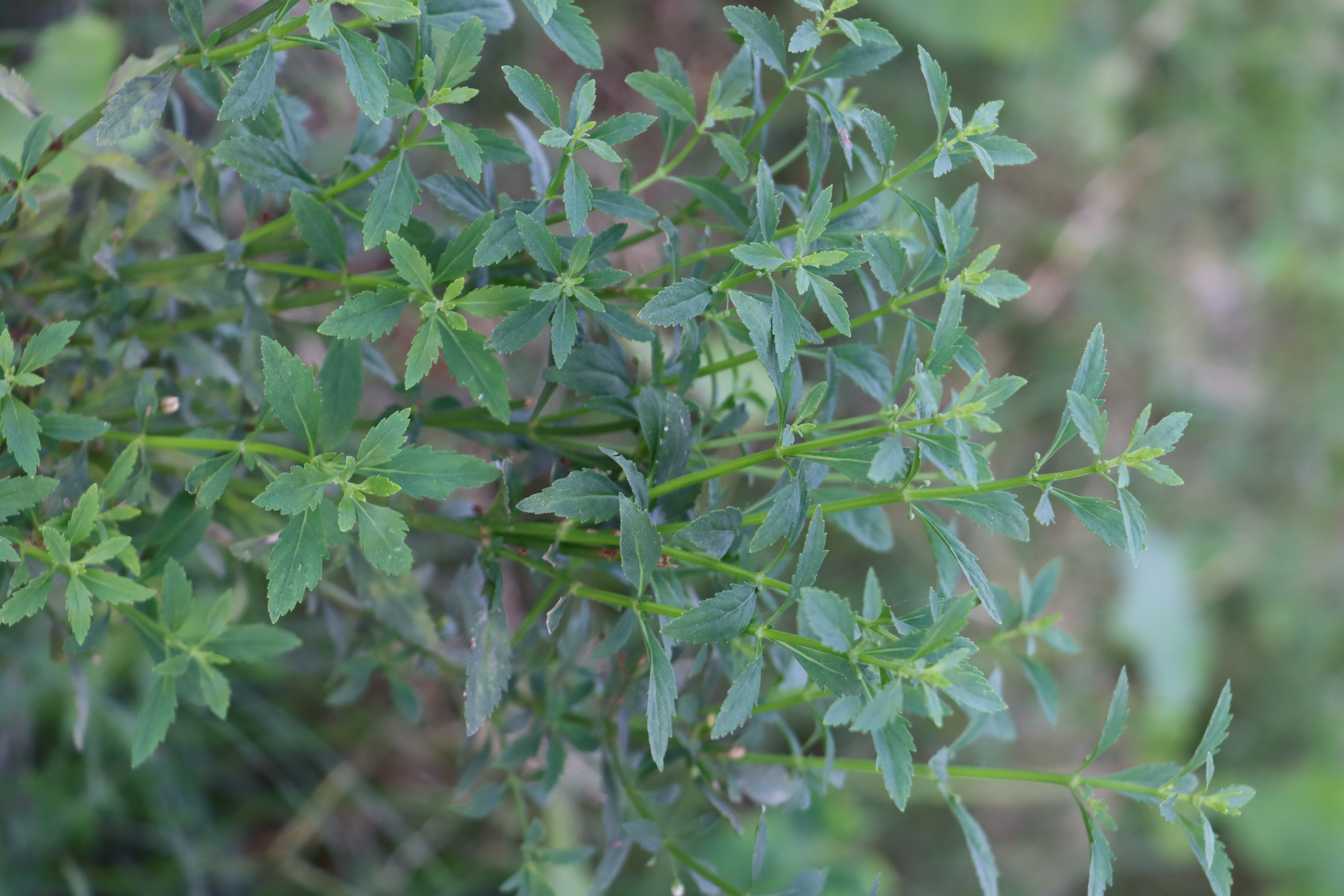

Identification Notes


EPPO CodeSCFDU |
Life CycleAnnual or Perennial |
MorphologyLeaves: decussate to whorled, 1-3 x 0.5-1.5 cm, obovate-oblong, base attenuate, margin crenate-serrate, apex acute, penninerved, punctate, chartaceous; petiole to 0.7 cm long; Flowers: axillary, solitary or 2; pedicels slender 4-7 mm long. Calyx lobes 2-3 mm, ovate-oblong, ciliate along margin. Corolla white 4-6 mm long, rotate, throat densely hairy, lobes spathulate. Stamens 4, subequal, 3-4 mm long. Ovary globose, 2-celled; ovules many; stigma truncate. Capsules 1-2 mm across, globose; Fruit: An ellipsoid-globose capsule, septicidal; seeds truncate or 4-angled, reticulate; Seeds: 4-angled, reticulate. |
Growing seasonJanuary to December |
Germination periodJune to September |
Flowering periodJune to September |
PropagationBy seed |
HabitatNative of Tropical America; now Pantropical |
Weed potentialA common weed of lowland tropical and subtropical areas, found in areas where it rains all year round and also where there is a prolonged dry season. Succeeds in most soils. This is one of the half dozen commonest weeds of Central America, and may be found almost anywhere in the lowlands. Plants can flower and fruit all year round. The plant is a probable host for the coconut-yellows-disease, caused by a mycoplasma-like organism. |
Control measureManual Weeding & Chemical Control |
Recommended herbicideNon selective Glyphosate |
DistributionNative of Tropical America; now Pantropical |
Medicinal propertiesWhole plant is sweet and edible. It is dried in shade and consumed as a tea. Whole plant: Used to treat toothaches; dried and used as a herbal tea to treat blood in urine; crushed and mixed with salt, and applied to sores to aid in healing. Drug prepared from this plant is used in the treatment of diabetes. Leaf: Used to treat fevers and nausea. Root: Used for excessive menstruation and gonorrhea, also to treat nausea and dizzy spells. Raw root crushed and pressed on tooth for toothaches. It is considered highly medicinal specially for diabetic patient |
References- |